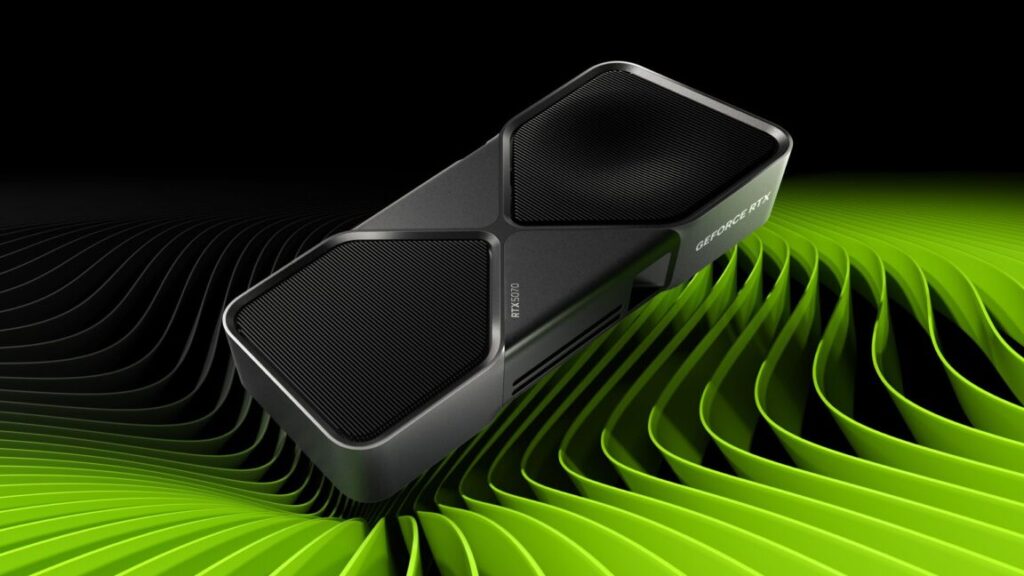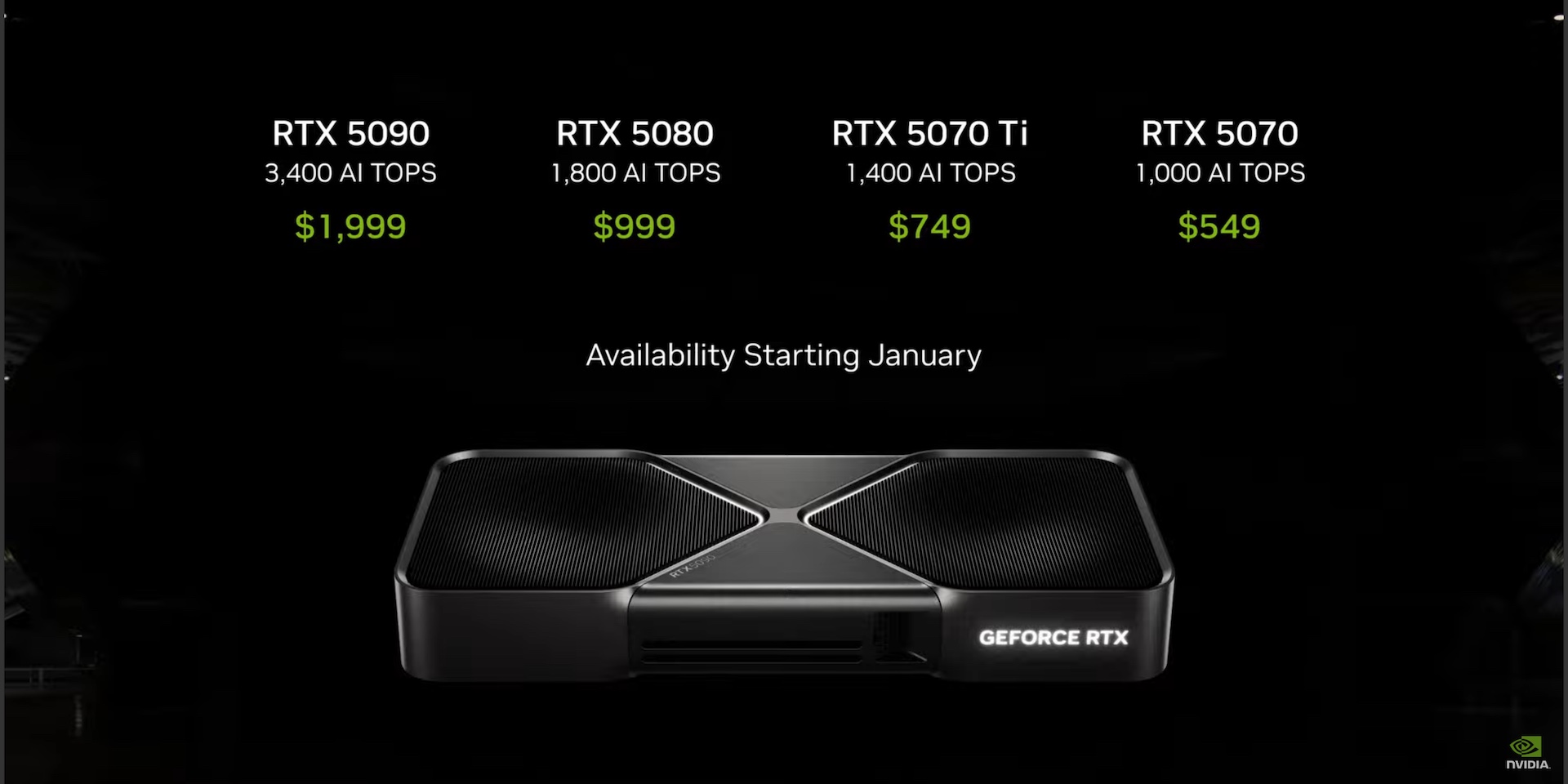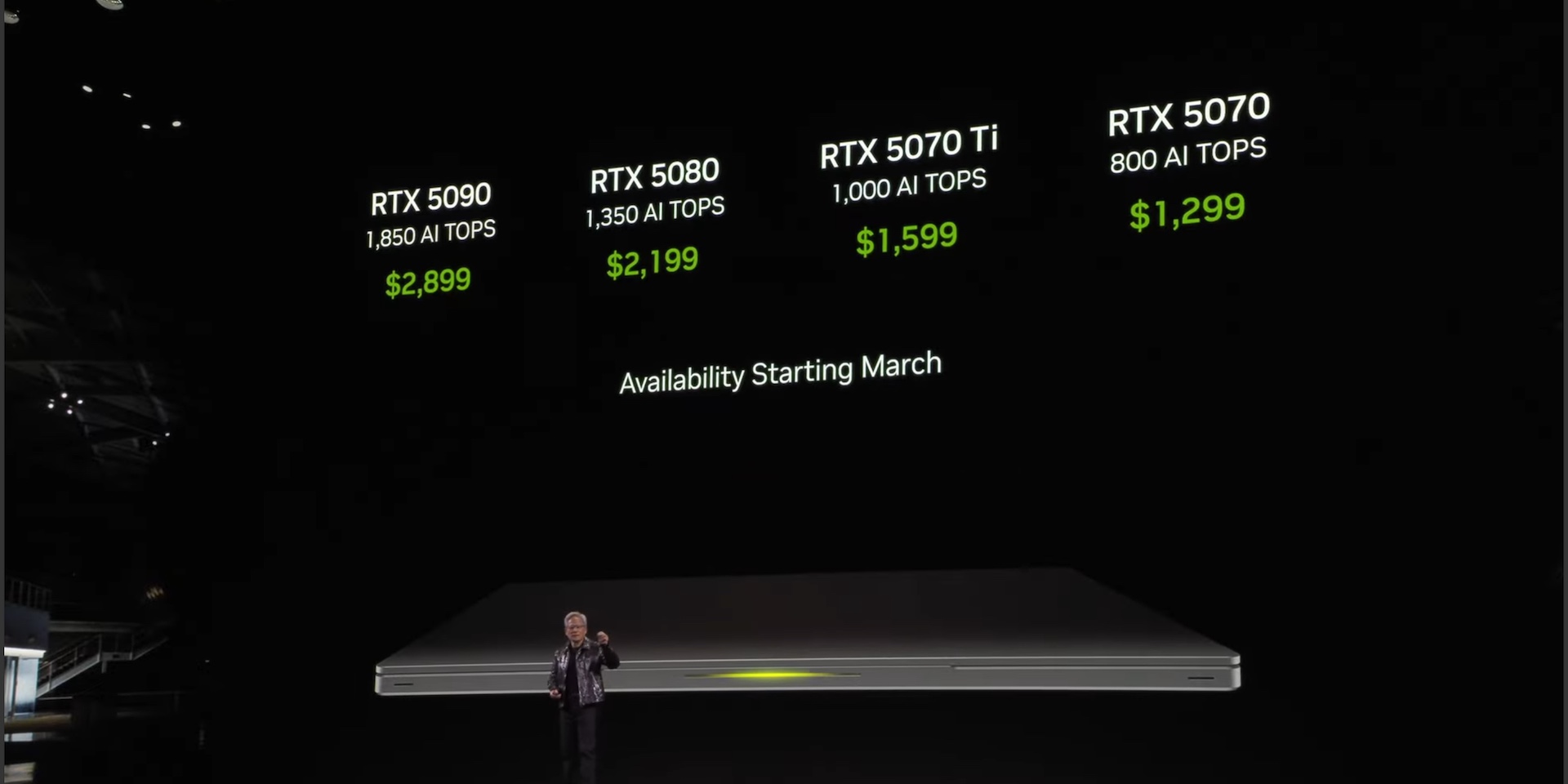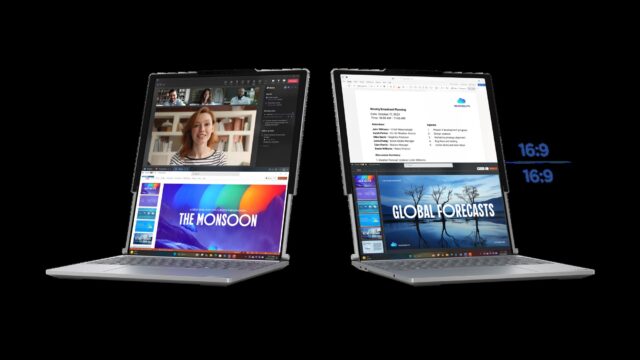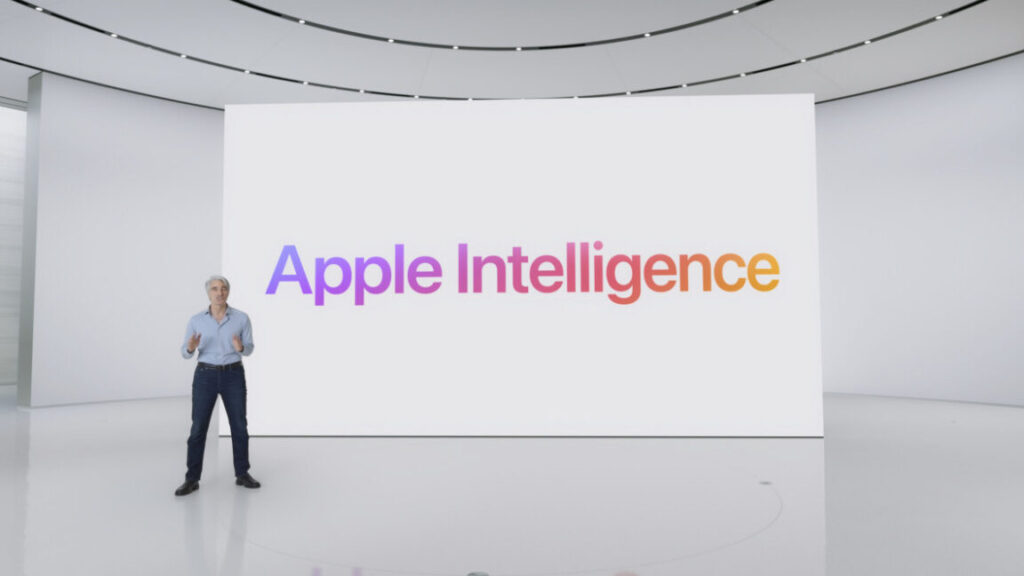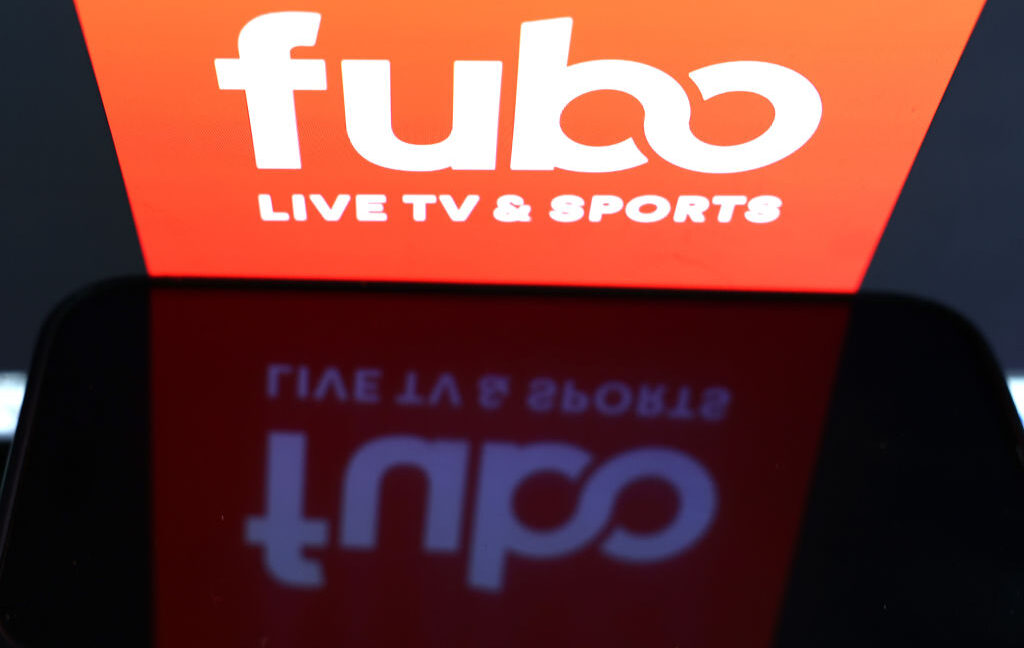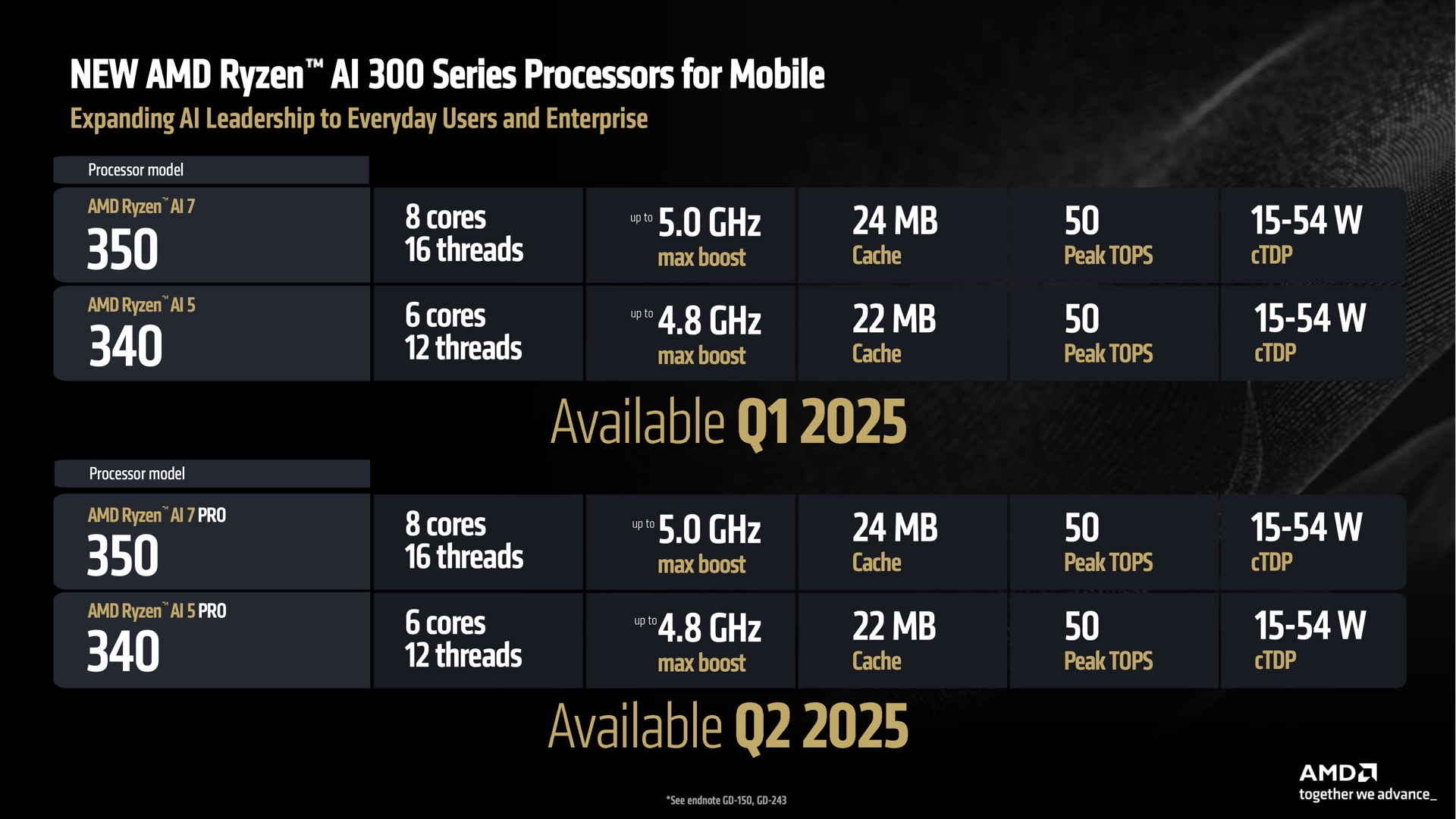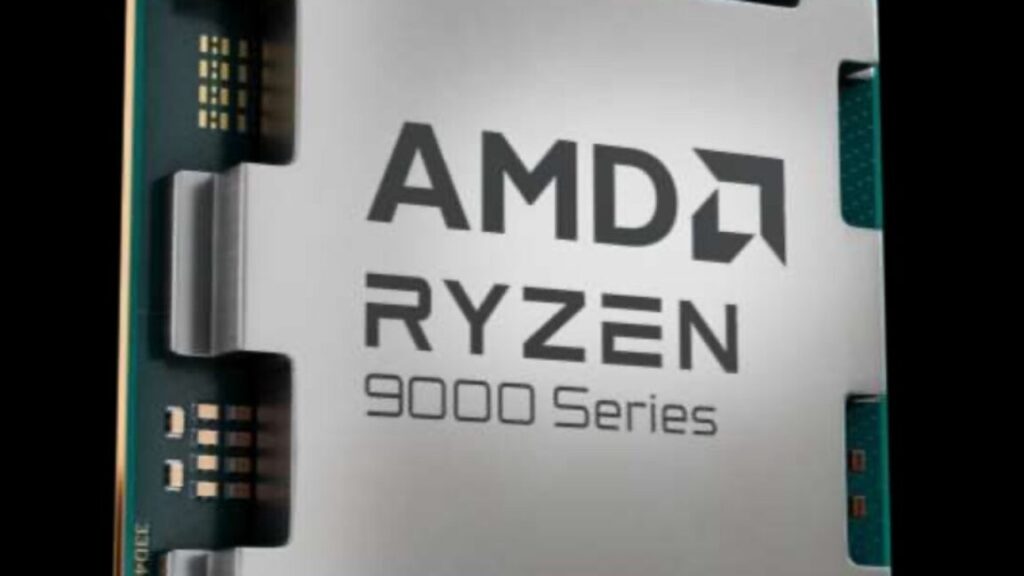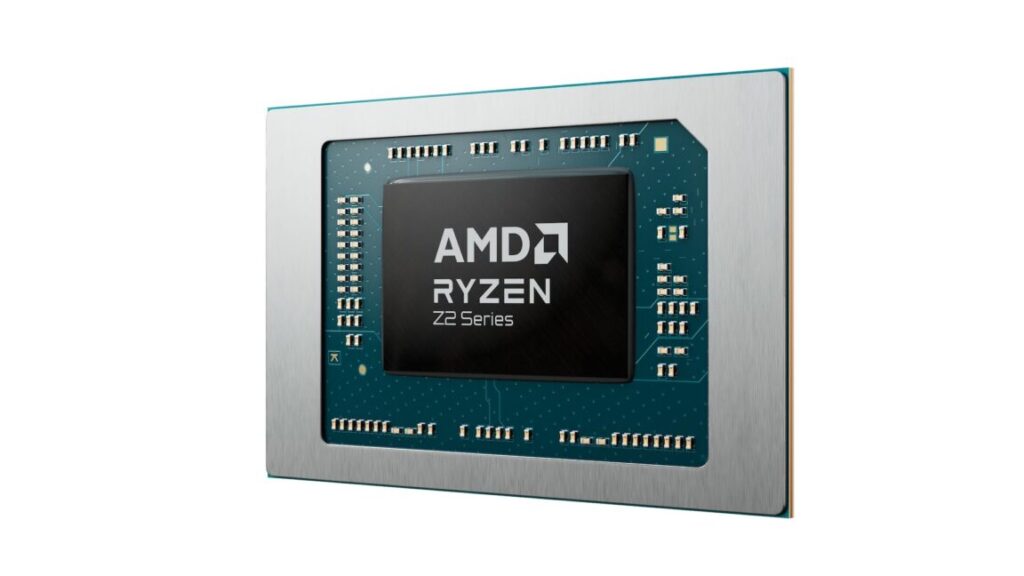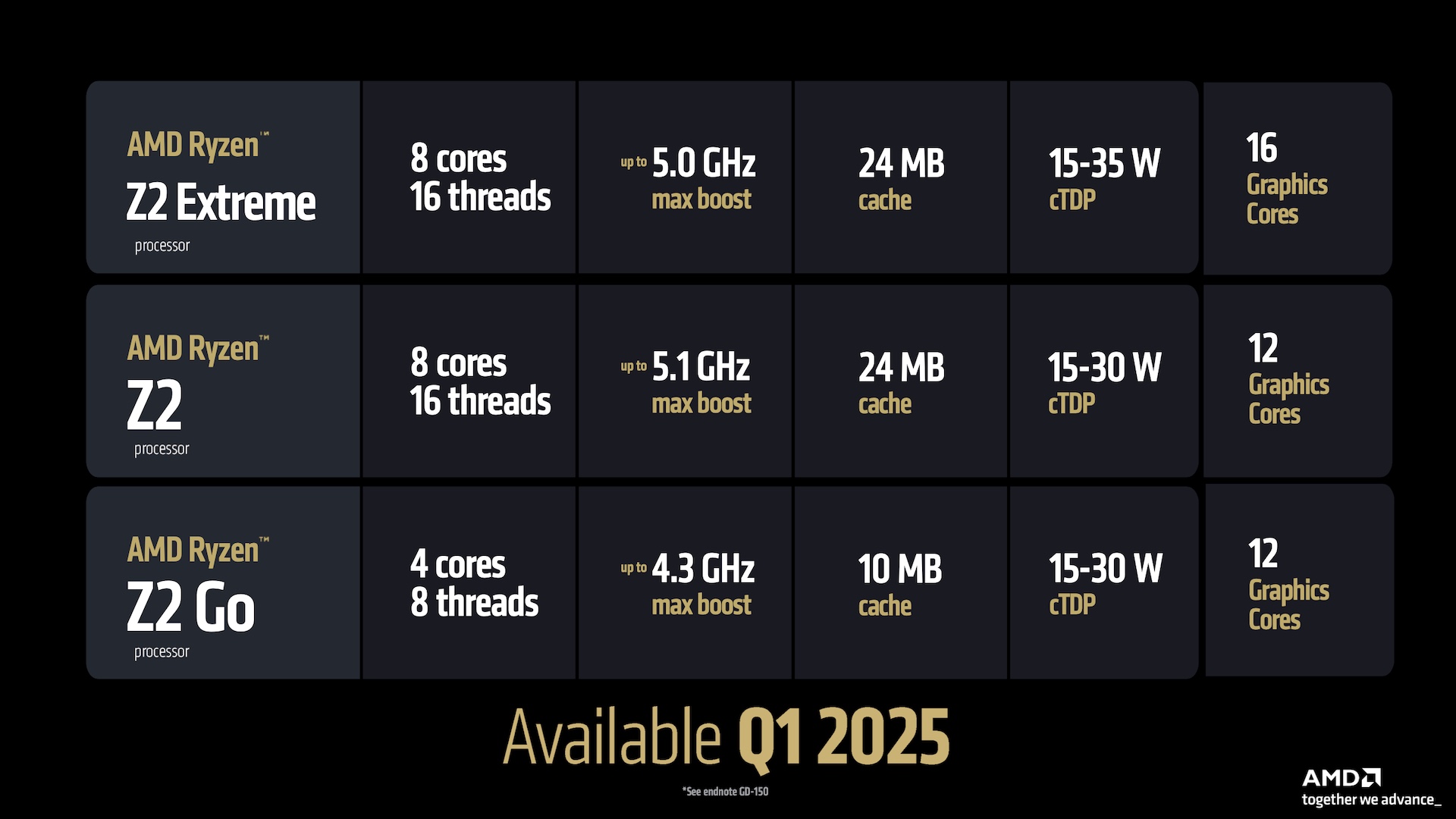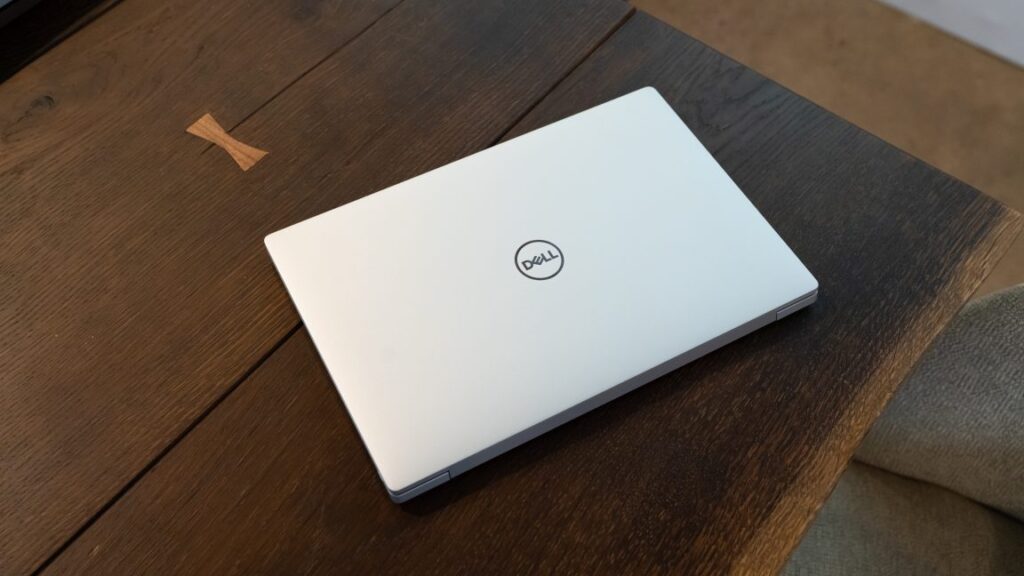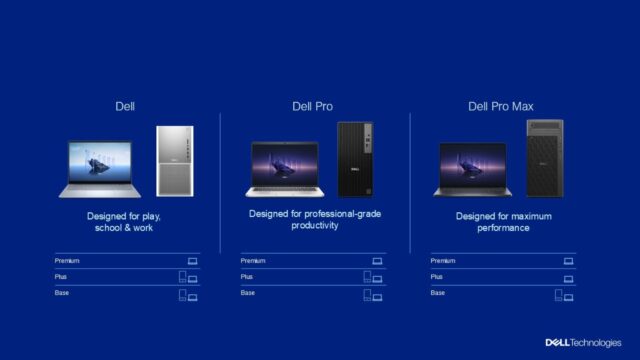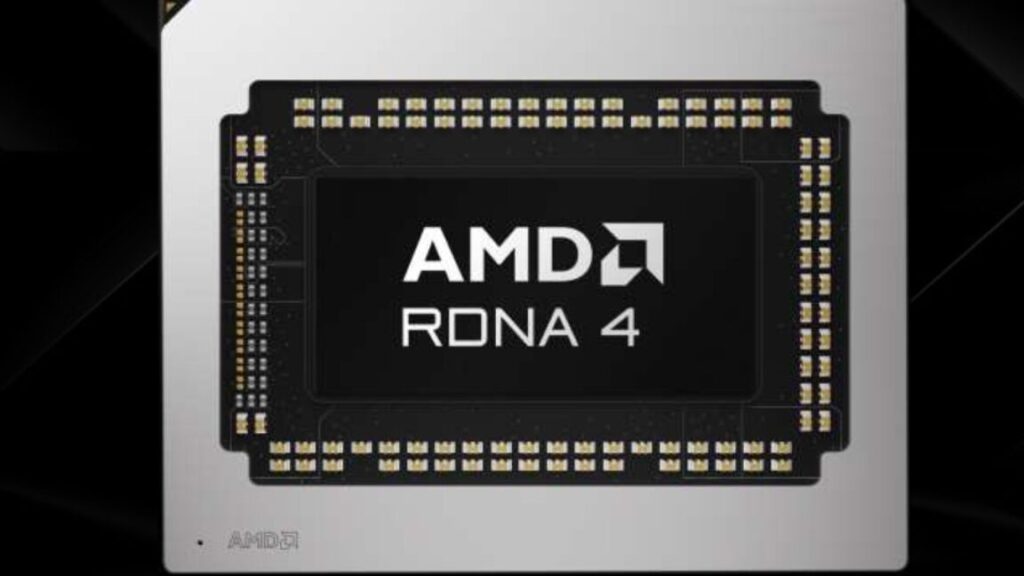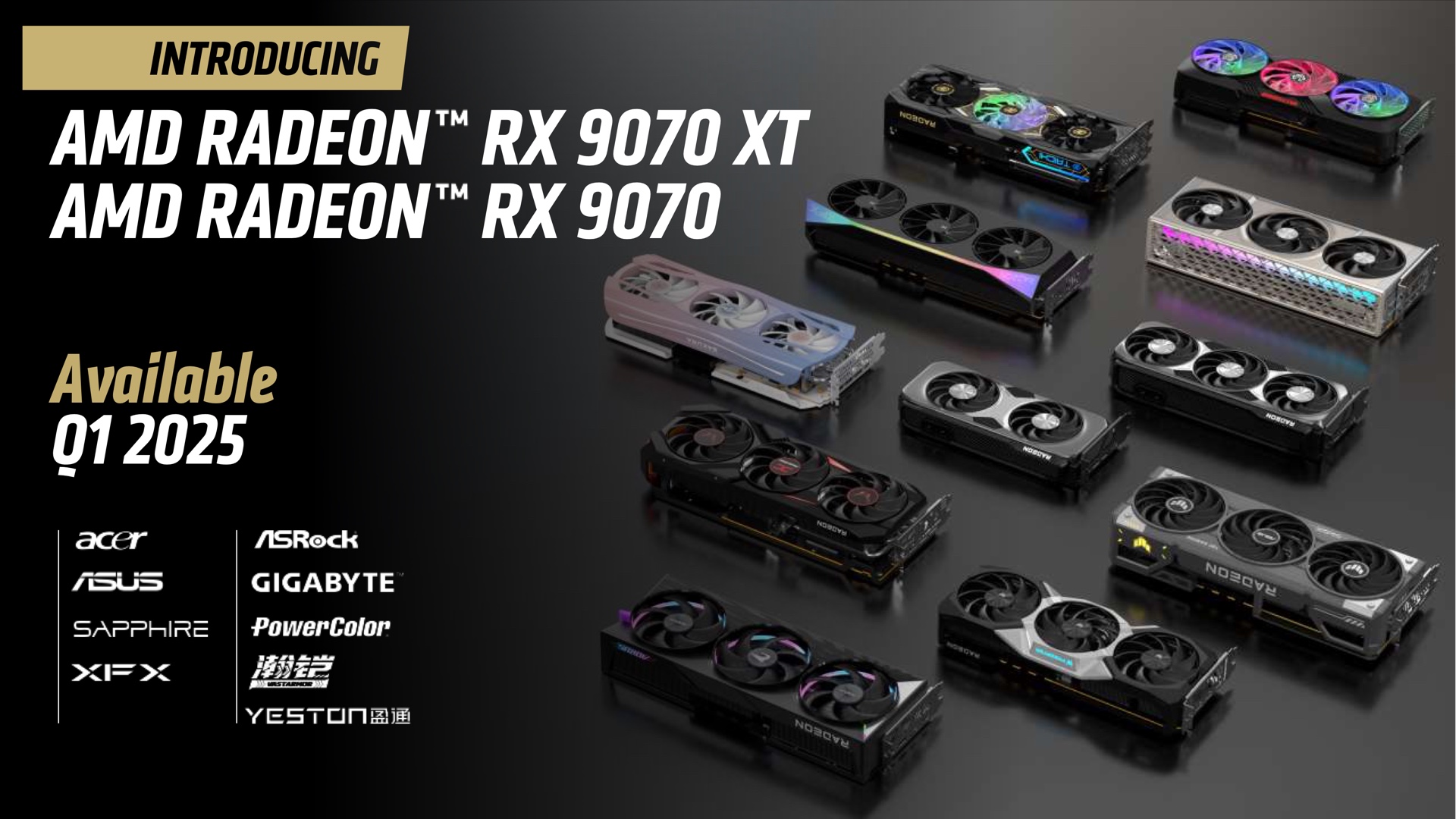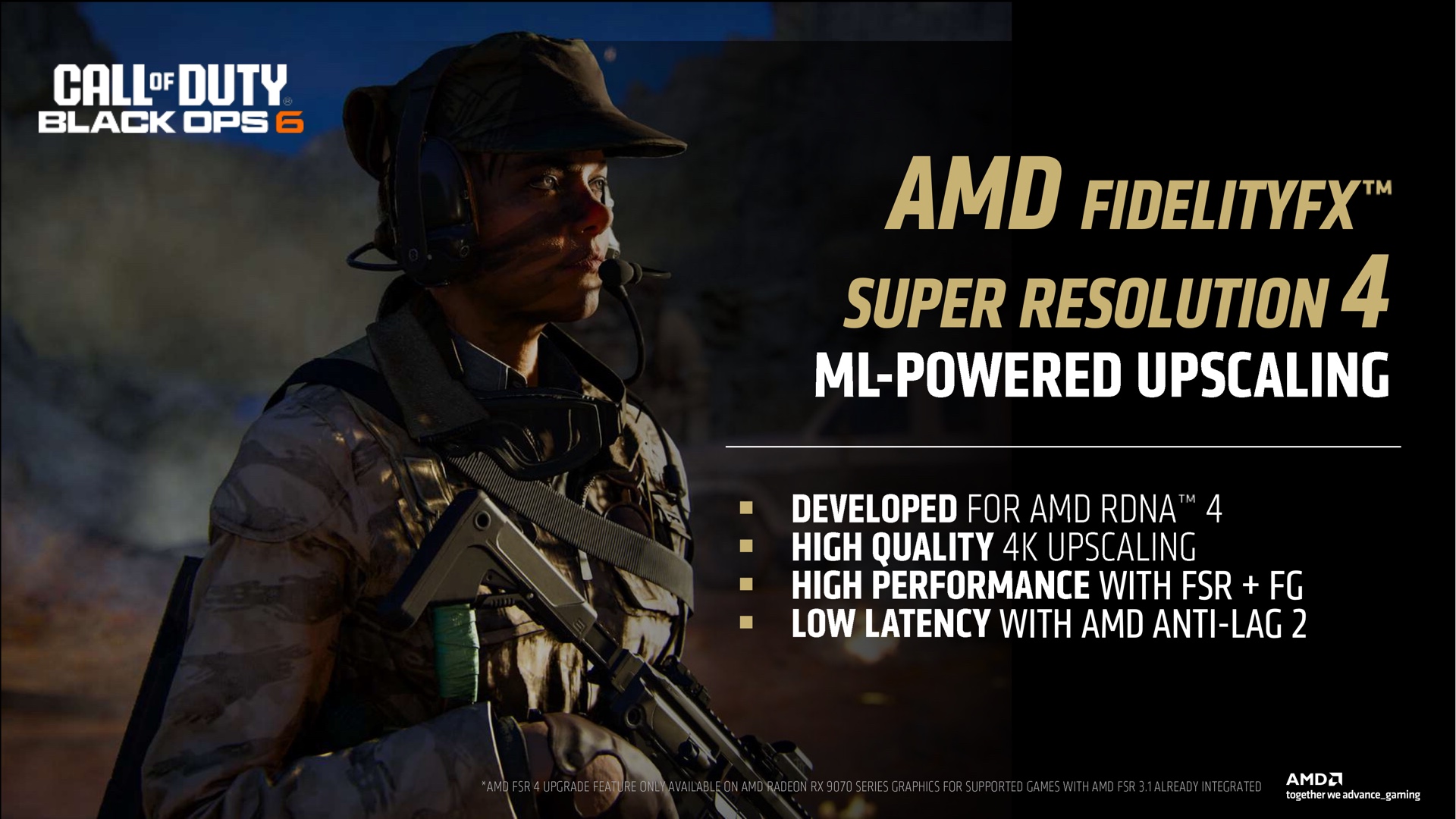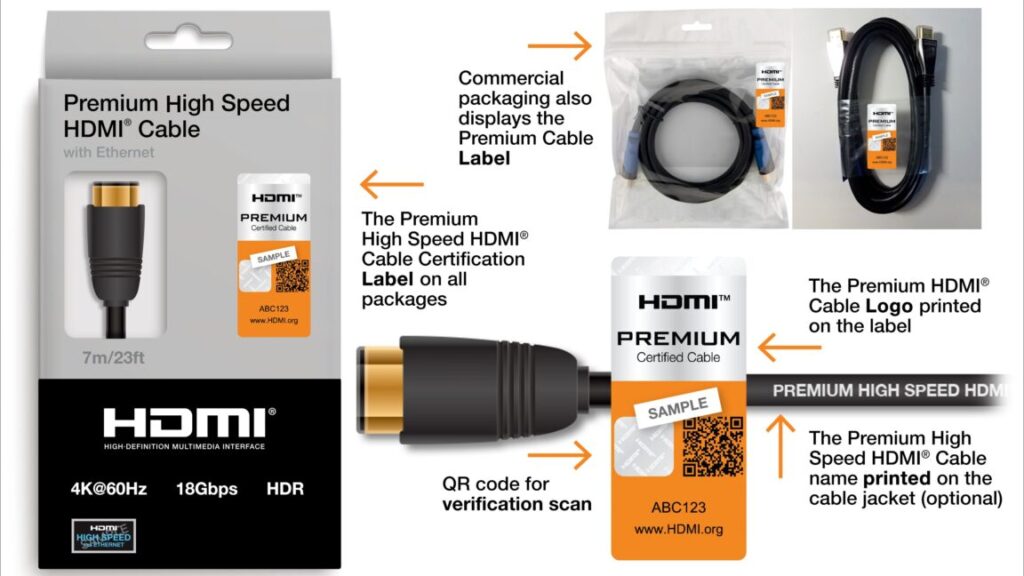Why I’m disappointed with the TVs at CES 2025
Won’t someone please think of the viewer?
Op-ed: TVs miss opportunity for real improvement by prioritizing corporate needs.
The TV industry is hitting users over the head with AI and other questionable gimmicks Credit: Getty
If you asked someone what they wanted from TVs released in 2025, I doubt they’d say “more software and AI.” Yet, if you look at what TV companies have planned for this year, which is being primarily promoted at the CES technology trade show in Las Vegas this week, software and AI are where much of the focus is.
The trend reveals the implications of TV brands increasingly viewing themselves as software rather than hardware companies, with their products being customer data rather than TV sets. This points to an alarming future for smart TVs, where even premium models sought after for top-end image quality and hardware capabilities are stuffed with unwanted gimmicks.
LG’s remote regression
LG has long made some of the best—and most expensive—TVs available. Its OLED lineup, in particular, has appealed to people who use their TVs to watch Blu-rays, enjoy HDR, and the like. However, some features that LG is introducing to high-end TVs this year seem to better serve LG’s business interests than those users’ needs.
Take the new remote. Formerly known as the Magic Remote, LG is calling the 2025 edition the AI Remote. That is already likely to dissuade people who are skeptical about AI marketing in products (research suggests there are many such people). But the more immediately frustrating part is that the new remote doesn’t have a dedicated button for switching input modes, as previous remotes from LG and countless other remotes do.
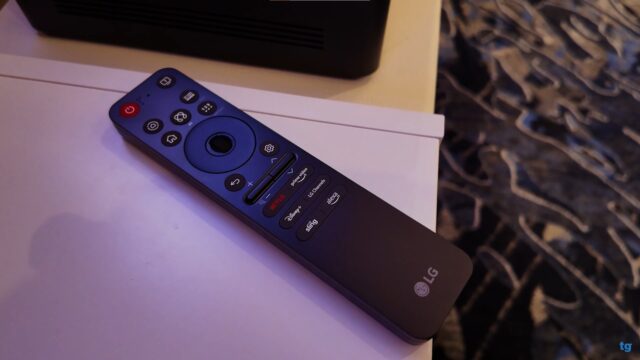
LG’s AI Remote. Credit: Tom’s Guide/YouTube
To use the AI Remote to change the TV’s input—a common task for people using their sets to play video games, watch Blu-rays or DVDs, connect their PC, et cetera—you have to long-press the Home Hub button. Single-pressing that button brings up a dashboard of webOS (the operating system for LG TVs) apps. That functionality isn’t immediately apparent to someone picking up the remote for the first time and detracts from the remote’s convenience.
By overlooking other obviously helpful controls (play/pause, fast forward/rewind, and numbers) while including buttons dedicated to things like LG’s free ad-supported streaming TV (FAST) channels and Amazon Alexa, LG missed an opportunity to update its remote in a way centered on how people frequently use TVs. That said, it feels like user convenience didn’t drive this change. Instead, LG seems more focused on getting people to use webOS apps. LG can monetize app usage through, i.e., getting a cut of streaming subscription sign-ups, selling ads on webOS, and selling and leveraging user data.
Moving from hardware provider to software platform
LG, like many other TV OEMs, has been growing its ads and data business. Deals with data analytics firms like Nielsen give it more incentive to acquire customer data. Declining TV margins and rock-bottom prices from budget brands (like Vizio and Roku, which sometimes lose money on TV hardware sales and make up for the losses through ad sales and data collection) are also pushing LG’s software focus. In the case of the AI Remote, software prioritization comes at the cost of an oft-used hardware capability.
Further demonstrating its motives, in September 2023, LG announced intentions to “become a media and entertainment platform company” by offering “services” and a “collection of curated content in products, including LG OLED and LG QNED TVs.” At the time, the South Korean firm said it would invest 1 trillion KRW (about $737.7 million) into its webOS business through 2028.
Low TV margins, improved TV durability, market saturation, and broader economic challenges are all serious challenges for an electronics company like LG and have pushed LG to explore alternative ways to make money off of TVs. However, after paying four figures for TV sets, LG customers shouldn’t be further burdened to help LG accrue revenue.
Google TVs gear up for subscription-based features
There are numerous TV manufacturers, including Sony, TCL, and Philips, relying on Google software to power their TV sets. Numerous TVs announced at CES 2025 will come with what Google calls Gemini Enhanced Google Assistant. The idea that this is something that people using Google TVs have requested is somewhat contradicted by Google Assistant interactions with TVs thus far being “somewhat limited,” per a Lowpass report.
Nevertheless, these TVs are adding far-field microphones so that they can hear commands directed at the voice assistant. For the first time, the voice assistant will include Google’s generative AI chatbot, Gemini, this year—another feature that TV users don’t typically ask for. Despite the lack of demand and the privacy concerns associated with microphones that can pick up audio from far away even when the TV is off, companies are still loading 2025 TVs with far-field mics to support Gemini. Notably, these TVs will likely allow the mics to be disabled, like you can with other TVs using far-field mics. But I still ponder about features/hardware that could have been implemented instead.
Google is also working toward having people pay a subscription fee to use Gemini on their TVs, PCWorld reported.
“For us, our biggest goal is to create enough value that yes, you would be willing to pay for [Gemini],” Google TV VP and GM Shalini Govil-Pai told the publication.
The executive pointed to future capabilities for the Gemini-driven Google Assistant on TVs, including asking it to “suggest a movie like Jurassic Park but suitable for young children” or to show “Bollywood movies that are similar to Mission: Impossible.”
She also pointed to future features like showing weather, top news stories, and upcoming calendar events when someone is near the TV, showing AI-generated news briefings, and the ability to respond to questions like “explain the solar system to a third-grader” with text, audio, and YouTube videos.
But when people have desktops, laptops, tablets, and phones in their homes already, how helpful are these features truly? Govil-Pai admitted to PCWorld that “people are not used to” using their TVs this way “so it will take some time for them to adapt to it.” With this in mind, it seems odd for TV companies to implement new, more powerful microphones to support features that Google acknowledges aren’t in demand. I’m not saying that tech companies shouldn’t get ahead of the curve and offer groundbreaking features that users hadn’t considered might benefit them. But already planning to monetize those capabilities—with a subscription, no less—suggests a prioritization of corporate needs.
Samsung is hungry for AI
People who want to use their TV for cooking inspiration often turn to cooking shows or online cooking videos. However, Samsung wants people to use its TV software to identify dishes they want to try making.
During CES, Samsung announced Samsung Food for TVs. The feature leverages Samsung TVs’ AI processors to identify food displayed on the screen and recommend relevant recipes. Samsung introduced the capability in 2023 as an iOS and Android app after buying the app Whisk in 2019. As noted by TechCrunch, though, other AI tools for providing recipes based on food images are flawed.
So why bother with such a feature? You can get a taste of Samsung’s motivation from its CES-announced deal with Instacart that lets people order off Instacart from Samsung smart fridges that support the capability. Samsung Food on TVs can show users the progress of food orders placed via the Samsung Food mobile app on their TVs. Samsung Food can also create a shopping list for recipe ingredients based on what it knows (using cameras and AI) is in your (supporting) Samsung fridge. The feature also requires a Samsung account, which allows the company to gather more information on users.
Other software-centric features loaded into Samsung TVs this year include a dedicated AI button on the new TVs’ remotes, the ability to use gestures to control the TV but only if you’re wearing a Samsung Galaxy Watch, and AI Karaoke, which lets people sing karaoke using their TVs by stripping vocals from music playing and using their phone as a mic.
Like LG, Samsung has shown growing interest in ads and data collection. In May, for example, it expanded its automatic content recognition tech to track ad exposure on streaming services viewed on its TVs. It also has an ads analytics partnership with Experian.
Large language models on TVs
TVs are mainstream technology in most US homes. Generative AI chatbots, on the other hand, are emerging technology that many people have yet to try. Despite these disparities, LG and Samsung are incorporating Microsoft’s Copilot chatbot into 2025 TVs.
LG claims that Copilot will help its TVs “understand conversational context and uncover subtle user intentions,” adding: “Access to Microsoft Copilot further streamlines the process, allowing users to efficiently find and organize complex information using contextual cues. For an even smoother and more engaging experience, the AI chatbot proactively identifies potential user challenges and offers timely, effective solutions.”
Similarly, Samsung, which is also adding Copilot to some of its smart monitors, said in its announcement that Copilot will help with “personalized content recommendations.” Samsung has also said that Copilot will help its TVs understand strings of commands, like increasing the volume and changing the channel, CNET noted. Samsung said it intends to work with additional AI partners, namely Google, but it’s unclear why it needs multiple AI partners, especially when it hasn’t yet seen how people use large language models on their TVs.
TV-as-a-platform
To be clear, this isn’t a condemnation against new, unexpected TV features. This also isn’t a censure against new TV apps or the usage of AI in TVs.
AI marketing hype is real and misleading regarding the demand, benefits, and possibilities of AI in consumer gadgets. However, there are some cases when innovative software, including AI, can improve things that TV users not only care about but actually want or need. For example, some TVs use AI for things like trying to optimize sound, color, and/or brightness, including based on current environmental conditions or upscaling. This week, Samsung announced AI Live Translate for TVs. The feature is supposed to be able to translate foreign language closed captions in real time, providing a way for people to watch more international content. It’s a feature I didn’t ask for but can see being useful and changing how I use my TV.
But a lot of this week’s TV announcements underscore an alarming TV-as-a-platform trend where TV sets are sold as a way to infiltrate people’s homes so that apps, AI, and ads can be pushed onto viewers. Even high-end TVs are moving in this direction and amplifying features with questionable usefulness, effectiveness, and privacy considerations. Again, I can’t help but wonder what better innovations could have come out this year if more R&D was directed toward hardware and other improvements that are more immediately rewarding for users than karaoke with AI.
The TV industry is facing economic challenges, and, understandably, TV brands are seeking creative solutions for making money. But for consumers, that means paying for features that you’re likely to ignore. Ultimately, many people just want a TV with amazing image and sound quality. Finding that without having to sift through a bunch of fluff is getting harder.
Why I’m disappointed with the TVs at CES 2025 Read More »



